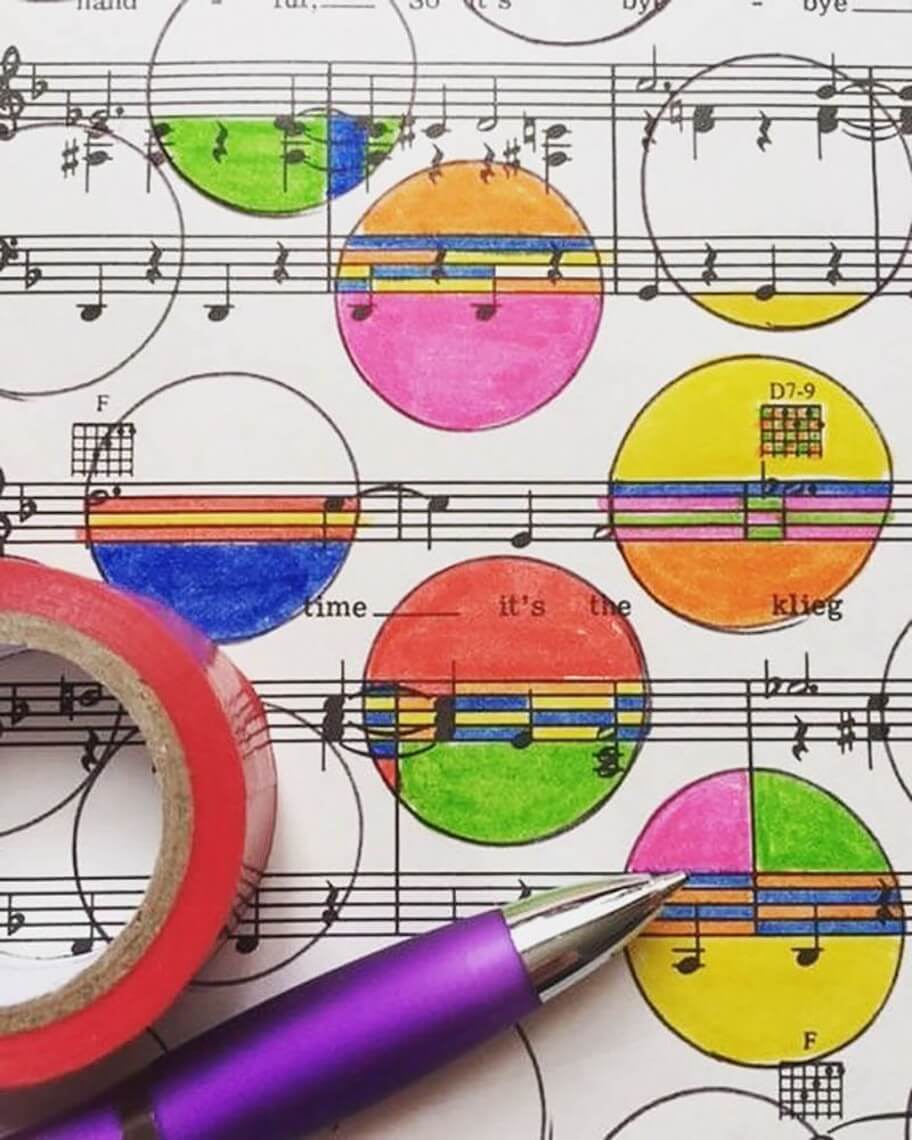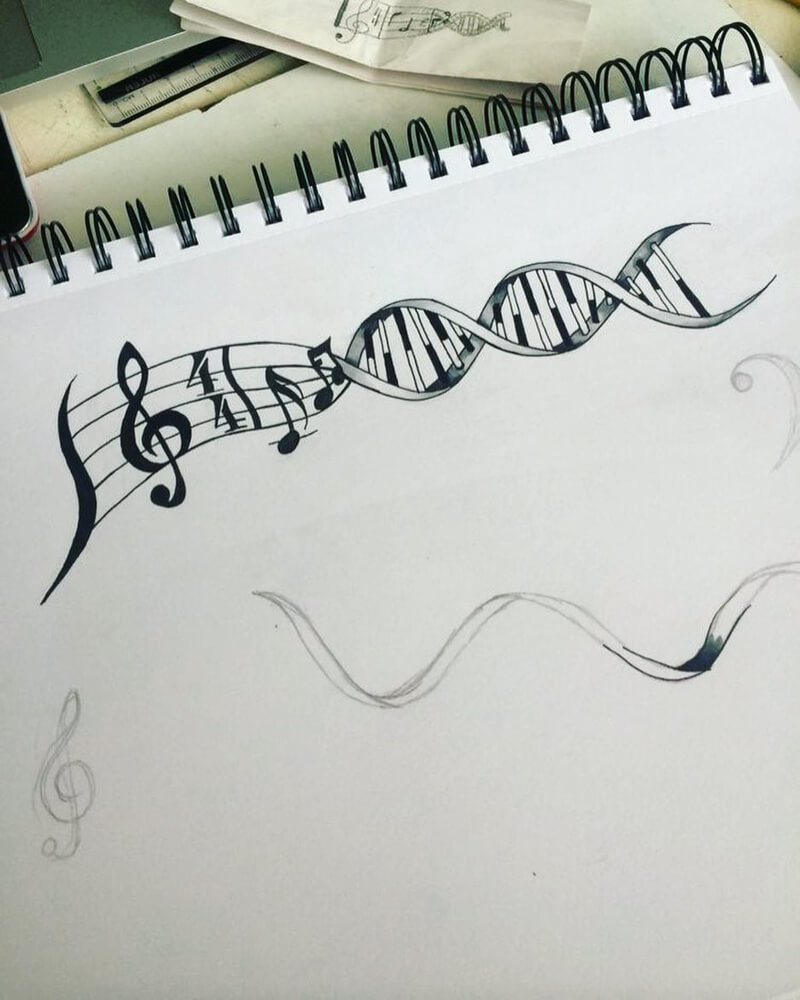
So, here I am in Chelva, 70 km north-west of Valencia, Spain, eighteen days into a four-week composition residency. It is a very quiet village of about 1,500 people where the most active time of the day is between 6 and 7:30 p.m., when the main square has lots of children playing before the evening meal. Part of my process here is to write music out the old-fashioned way with pencil and paper. I didn’t want to bring a laptop and it seemed like an interesting idea to reconnect with those laborious skills developed in my younger days.
When you write music, you realize there is lots of filler: the notes of an arpeggio under a melodic line, repeated chords, or even the various parts of a counter-rhythm. The physical act of writing is so much slower than the act of playing that a peculiar process takes place. One holds the motion of the music in mind as the dots are scratched out. As I try to articulate this, it seems like a tremendous feat of the brain — to hold the fast music and the slow writing together. Like you can imagine the music through both a microscope and a telescope at the same time.
While sketching out the first piece, a long forgotten feeling emerged: as the ending got nearer, my hand became excited. There was a sense of ecstasy as the ending approached, and the hand responded by wanting to write faster and faster. This had to be controlled, you want to be able to read what you write the next day; I hadn’t felt this particular response composing at the computer, and it was a delight to embrace it again. It was a sense that the music had arrived unbidden, from some unexpected place; the ideas were just right and the finish was the correct stopping point.
That was the first draft, and the excitement was just a bonus because the following stages involve much more work. As I began copying, many things came back to me. Old fashioned skills, and it seems like a good day to reflect upon some of them. For example, how you make a quarter note head. One starts with the pen or pencil on the line, or in the middle of a space, darkening that tiny spot, gradually making it larger, always going round from the centre. This simple process imparts a great deal of clarity and information to the viewer or performer. There is a commitment to this act of inscribing and while there are tangible results like neatness, there is also something else transmitted. That process of being so definite goes a long way to helping the performer take charge of the music.

Another vital part of music copying is the portrayal of duration. This is done with considerable forethought and planning, surveying the page and the rough draft. Sometimes, one might lightly scribble a line or two to judge the necessary space for a given passage. One needs to figure out how many bars per line if you’re writing out steady sixteenth notes in common time. Best to try out some samples before making a choice.
When that choice is made, it is time to eyeball the line and divide it up. To do four measures, one first marks the approximate halfway point, then the midway points between those. Then with very light pencil above the marked zones, follow the same process for each of the four measures, marking the halfway point followed by the quarter and three-quarter points. You are now ready to start copying out the notes at the beginning of the line. This process creates a kind of spatial representation, an underlying time grid that communicates relative durations via space. This is also vital to the reader/performer. There is a curious irony here: we have calculated the space needed by startling with our limits. The best way to represent time is to work backwards.
Until it was brought to my attention, I had never noticed that the note beams were much thicker than the stems. This came about from the motions used with a calligraphy pen where a straight vertical line is thin, while the horizontal one is thick. This small detail is crucial to how we see the music and group notes together. The thick beams function like a parentheses bringing the eye to those convenient groupings. It is a small thing, yet uncanny in the way it leads us.
In the early days of music typesetting, there were significant costs involved in just laying the type out. It was a skilled job and the length of a piece increased cost. For this reason some signs were invented to save type, with dal segno and da capo being the most popular. These signs saved the publishers money, allowing the copies to be sold at a lower price.
The cost savings is maintained through an inverted strategy in the modern recording studio where repeat signs are never used. In a large group setting, if one person misses a repeat it is very expensive to have to redo the whole thing again, and the cost is usually borne by the composer. In this case, it winds up being less expensive to write out every single bar so that there is a continuous left-to-right eye motion across the page. Profit has driven music copying trends as well.
For more TRUTH AND MATTER, see HERE.
#LUDWIGVAN
- TRUTH AND MATTER | A Thought Experiment For One-Off Classical Music Concert Goers - November 23, 2017
- TRUTH AND MATTER| Modeling Best Practices And Guiding Youth To That Magical Window - October 4, 2017
- IN MEMORIAM | Finding One’s Freedoms — A Tribute To David Keane - September 15, 2017



